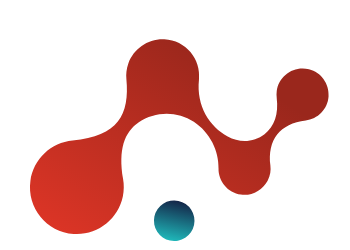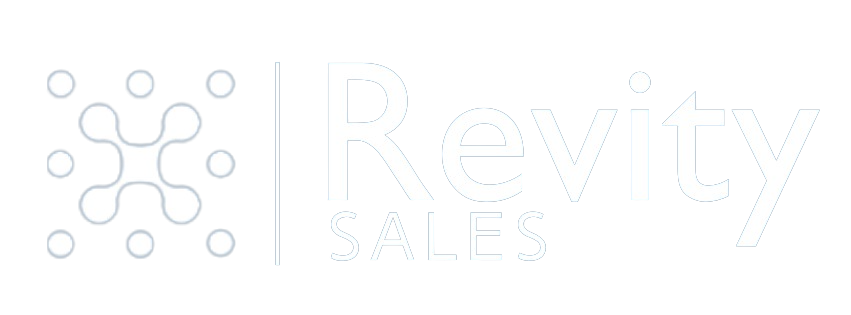Not Hitting Your Forecast?
Not Enough Leads May Be the Issue.


May 11, 2022 | Written by Tom Callinan
Sales Professionals are naturally optimistic in their outlook on being able to close business. Moreover, most sales professionals don’t want too much management oversight.
I would not go as far as to say that a sales professional would submit a fabricated forecast. Still, when they are putting together their projections at the beginning of a quarter, the eternal optimism combined with the concern for extra oversight does seem to influence their objectivity. For instance, an opportunity set to close in November was pushed to December, then the holidays got in the way, so it was in the Q1 forecast, yet it is still on their Q2 forecast somehow.
Not Enough in the Pipeline
When a sales professional doesn’t have enough prospects in their pipeline, they tend to feel stronger about the prospects they do have. Did you ever notice how your superstar sales professionals are also your best at forecasting? That’s because that superstar always has enough in their funnel to overachieve quota, so they are very comfortable moving prospects out of the funnel (lost sale) or pushing them out further if they aren’t going to close this quarter. The opposite is true of the sales professional with a weak pipeline: They don’t want to objectively acknowledge a decision won’t be made this quarter, and they certainly don’t want to move prospects out. Having a weak pipeline would bring too much heat and light on them.
How Much Pipeline Do You Need?
Calculating pipeline requirements is simple math. If you have a three-month selling cycle and close 20% of the opportunities, you need 5X your quarterly quota in your pipeline on day one of the new quarter. This same math can be carried into future periods: What is your pipeline for one quarter out? Clearly, if you have three to five months to change things, add more opportunities, then you have a better chance of achieving your quota. Therefore, the further into the future you can see, the more likely you will experience success. It’s important you know how much you need in your pipeline and measure it as far out within reason.
This HBR article on forecasting supports my experience and shows that “withholding bad news” and “hoping against hope” are two primary issues with forecasting.
https://hbr.org/2019/03/sales-teams-arent-great-at-forecasting-heres-how-to-fix-that
No Time for Prospecting
Selling starts with prospecting through discovery, proof of concept, negotiations, and finally, getting agreements authorized (or losing the transaction). Research indicates that salespeople spend 22% – 35% of their time selling. Even if you assume that a sales professional works 48 hours per week, and if we take the top end of the range (35%), that’s 17 hours per week of selling. When I first saw this statistic, I did not believe it… but when you think about where sales professionals spend their time—servicing accounts, doing paperwork, following up on implementations, traveling to meetings—those 17 hours or less per week of selling becomes very real.
Not Enough Leads
If not having enough pipeline is the cause of poor forecasting, and sales stars with plenty of pipeline are the best forecasters, then the obvious solution is to create more opportunities for your sales professionals. Best-in-class sales organizations now segment sales teams into those that develop top-of-funnel opportunities (SDR/BDR) and those that take the opportunity from discovery to close. If your organization doesn’t have the infrastructure or leadership to develop an SDR team, you can always look to outsource this function.
Marketing with Sales Leads
A solid marketing team will generate marketing qualified leads (MQLs), and some MQLs will convert into sales qualified leads (SQLs), sometimes over multiple quarters. You need to make sure that the sales professional working on those MQLs has enough shorter-term opportunities in their pipeline so that they are still with your company when those MQLs turn into SQLs. Therefore, a mix of MQLs and SQLs is vital to retain sales professionals while ensuring productivity and business results.
